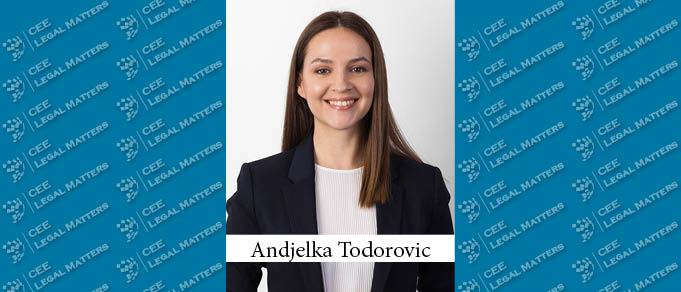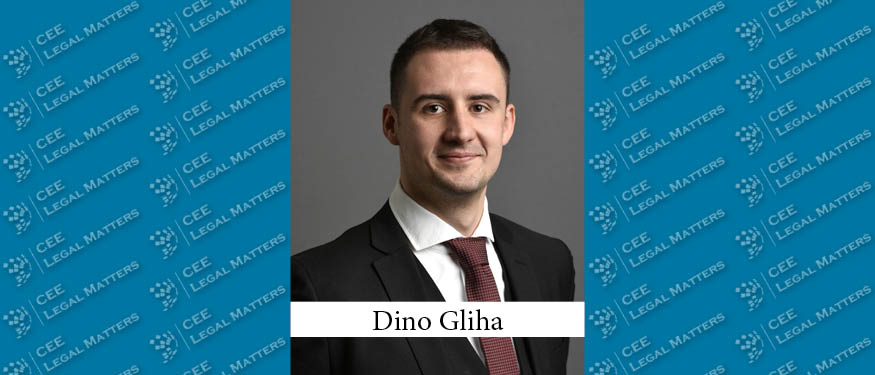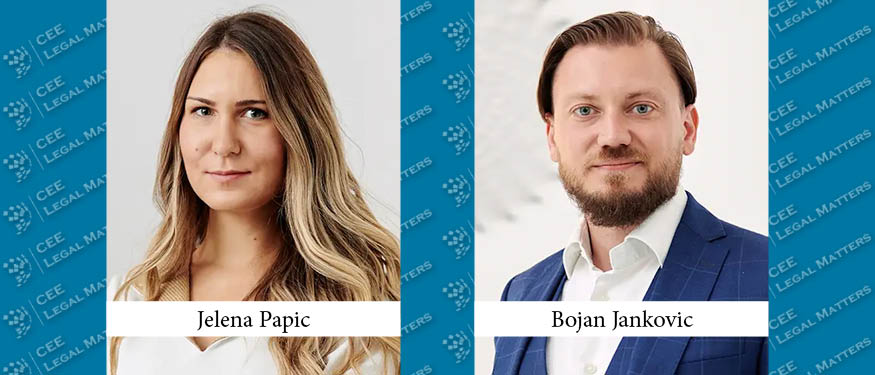EPS (Elektroprivreda Srbije) seeks a strategic partner to design, build, fund, operate and maintain at least 5 new solar power plants.
The purpose of the tender announced by the Serbian Government is to select a company to carry out the design, construction, financing, operation and maintenance of 5 or more self-balancing solar power plants, for a 2-year period, with a total installed capacity of 1,000 MWac (1,200 MWdc). These plants will be independent from one another and will all boast single-axis tracking of the sun’s movement. The project also includes the development of a battery storage system of at least 200MW of installed capacity able to accumulate a minimum of 400MWh of electricity. Also included will be a software platform and solution that allows EPS (as the owner) to optimize short-term forecasting and electricity generation.
The project is meant to be developed, constructed, and transferred to EPS as a turnkey project. This means that the strategic partner will be responsible for any and all additional activities, including the construction of auxiliary infrastructure (e.g. access roads and fencing), preparing the terrain for the PV plant and the battery systems, construction of connection infrastructure, including expansions of transmission and distribution capacities, if needed, along with the construction of telecoms infrastructure. EPS will be the sole investor and owner of the project. All generated electricity and battery system services will be integrated into EPS operational plans.
Obligations of the strategic partner:
- Financing: securing letters of interest for the full financing of the project’s investment costs by international finance institutions or reputable export credit agencies. The offered financing should be suitable for the public sector (the Republic of Serbia as the borrower) with a minimum 18-year repayment period; other conditions may apply.
- Project Development: following the award of the contract, the strategic partner should perform a Preliminary Feasibility Study, including choice of optimal location for solar plants and battery storage system, spatial planning and technical documentation, environmental and social impact assessment, etc. Serbian law conditions regarding requirements for areas of natural and/or cultural significance are to be applied.
- Design: the strategic partner will prepare the required technical documentation for the implementation of the Project (Feasibility study with Design, Construction Permit Design, etc.).
- Procurement: the strategic partner will procure equipment, software solutions and services for the Project. Obligation of equipment manufacturer to takeover equipment which cannot be recycled.
- Construction: the strategic partner will be liable for construction works on all Project components, up until the building use permit and the license to perform electricity generation are granted.
- Initial operation and maintenance: the strategic partner will carry out the operation and maintenance of the Project for 2 years once the plants have become operational. During that period, the strategic partner is responsible for sharing all know-how and training of the EPS technical team for optimal generation planning, optimal management of sun-tracking systems and the use of battery storage systems.
Qualification criteria:
The strategic partner must:
- secure the full financing in accordance with OECD rules;
- hold evidence of successful development and/or construction of at least 25,000 MW of projects;
- have an annual turnover of at least USD 5 billion in the past 3 years;
- have more than 5,000 employees (additional criteria will be published regarding the number and structure of qualified personnel);
- have a letter from the equipment manufacturer regarding technical characteristics, quantity, quality and life cycle, as well as a guarantee of delivery;
- work with solar panels with a long-life cycle, high efficiency and small degradation of generation, which will not fall below 82% of initial capacity over 30 years of exploitation, that are
- manufactured by a company that has installed panels on over 5,000 MW of solar power plants;
- have a system for placing single-axis tracking solar panels, with a long life cycle of at least 30 years, that are manufactured by a company that has installed panels on over 30,000 MW of solar power plants;
- work with invertors with long life cycle and high efficiency (over 98.5%), manufactured by a company that has installed panels on over 10,000 MW of their own batteries;
- work with high-reliability transformers with a long life cycle, manufactured by a company that has integrated at least 200,000 MW of installations onto the network;
- ensure Project implementation in as short a deadline as possible, whereby the applicant must provide a report on previous solar and battery system works, which should match or exceed the capacity requirements of this Project.
By Andjelka Todorovic, Partner, Wolf Theiss

















